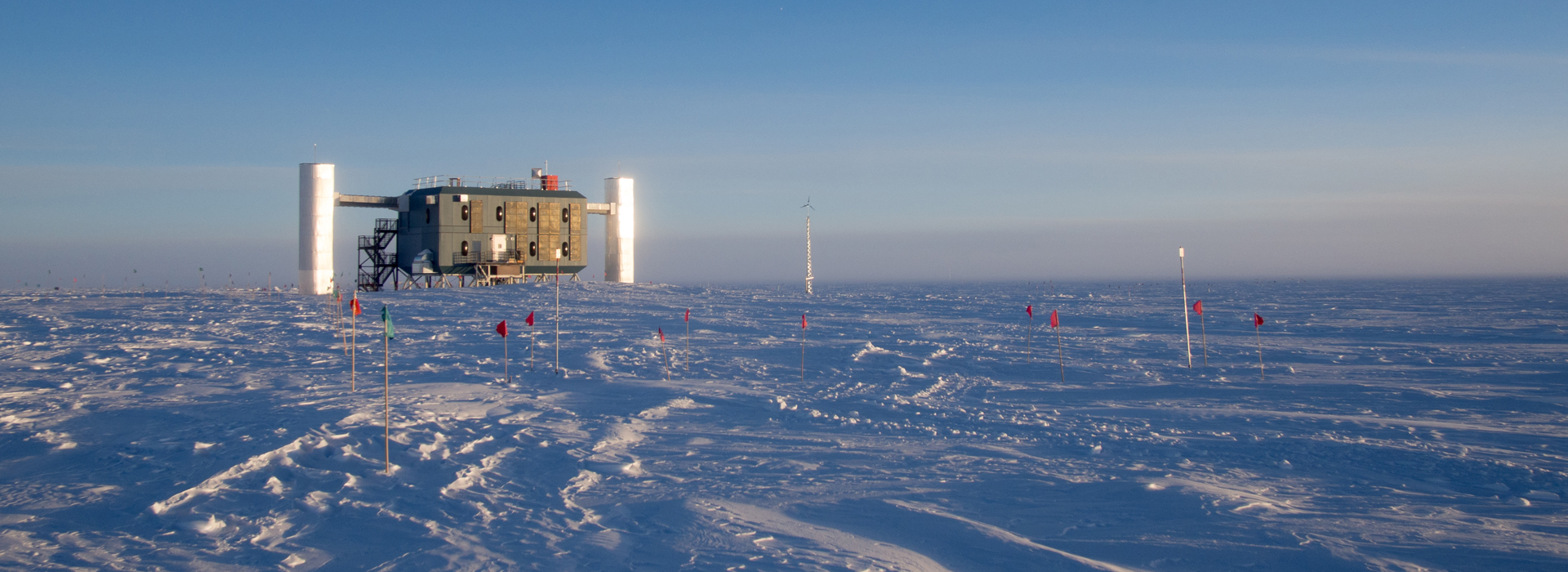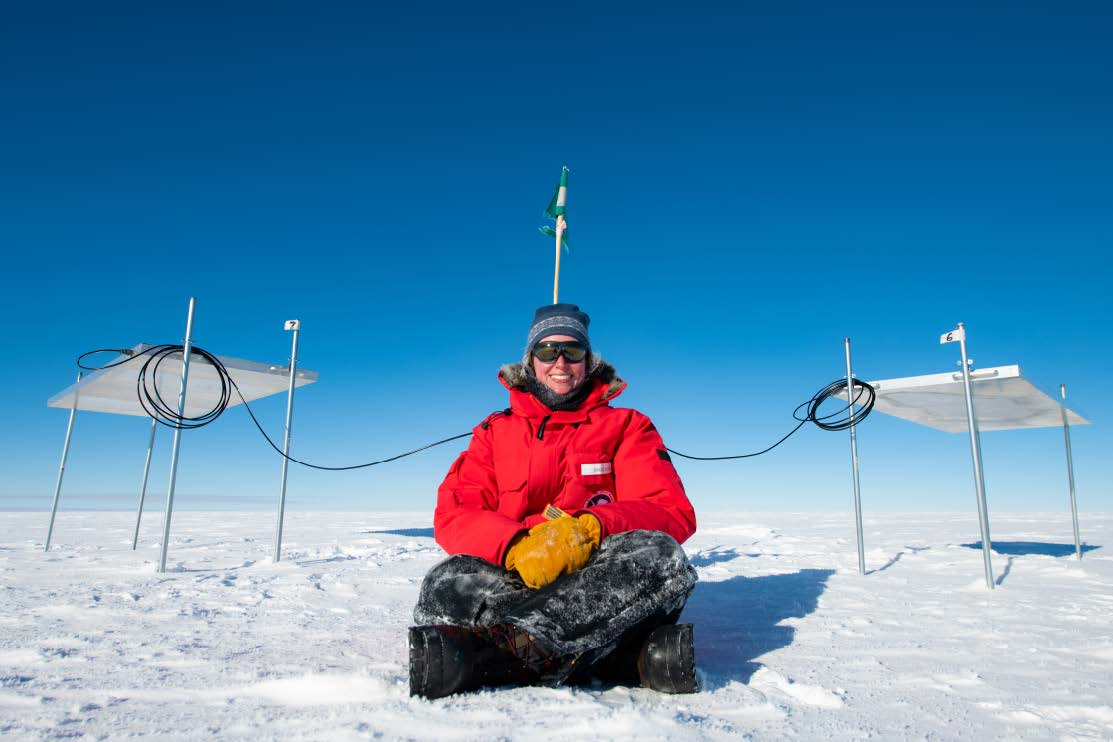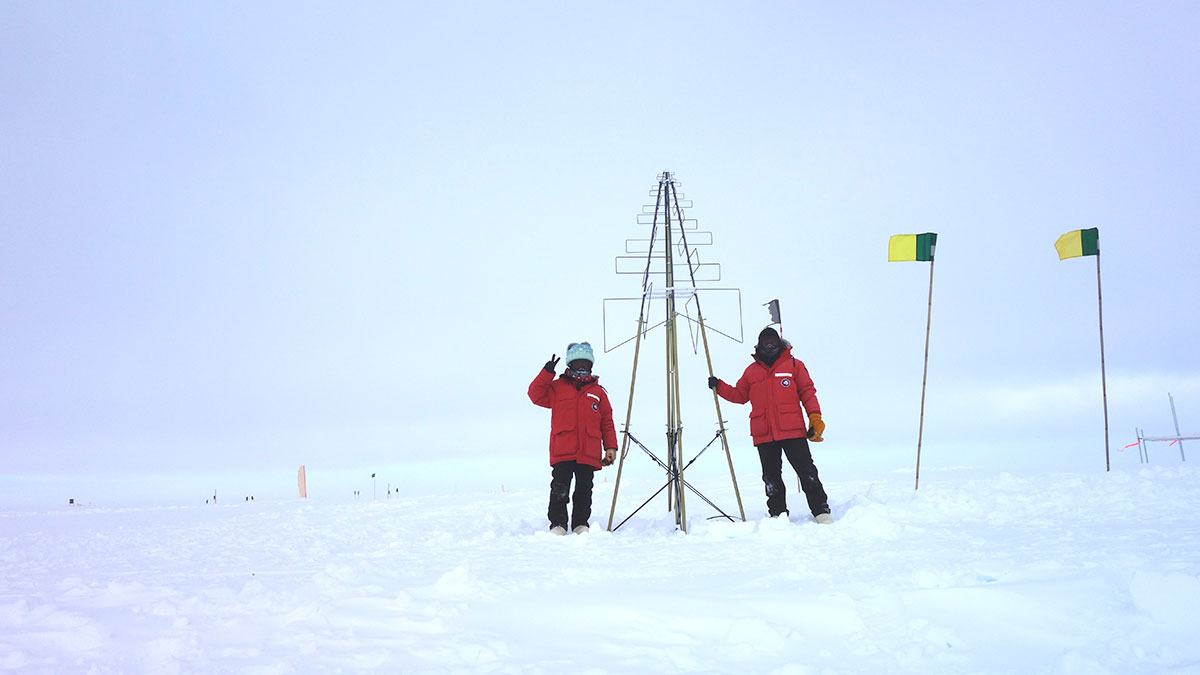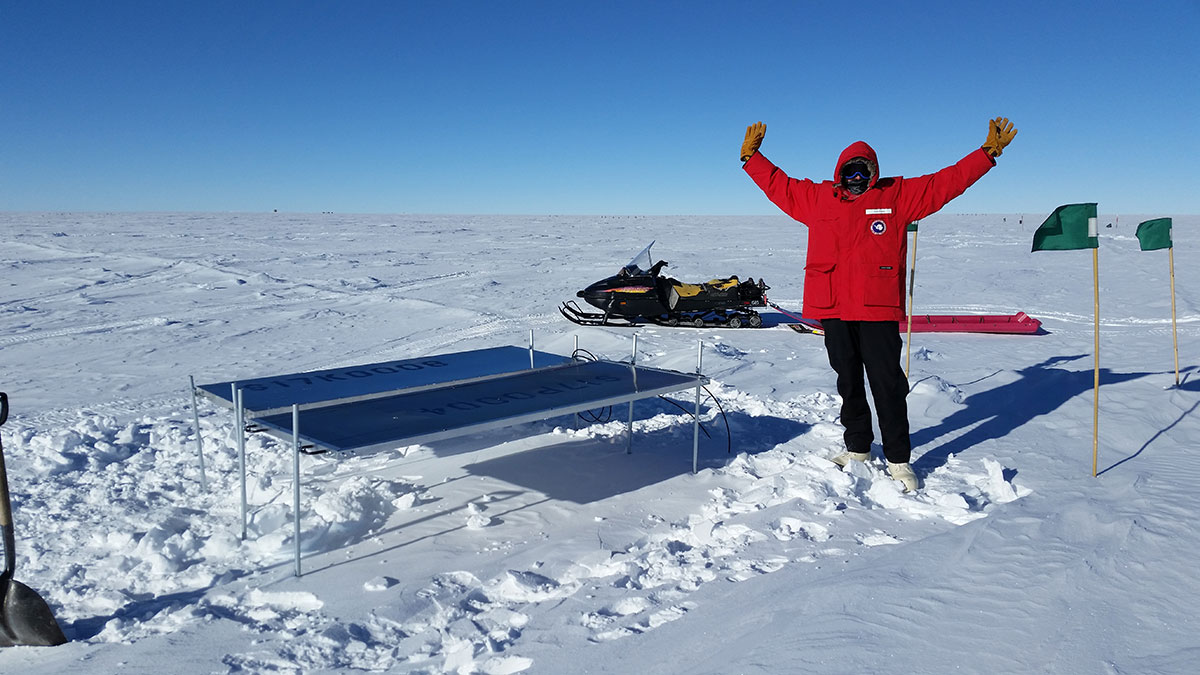The IceCube group at KIT mainly works on the enhancement of the IceCube experiment.
Our working areas are
- Design and preparation of the new surface array
- Search for high-energy gamma rays
- Elemental composition studies of Cosmic Rays
- Validation of hadronic interaction models
- Study of the muon content and distributions in air showers
- Multi-Messenger Astronomy
The main idea of the IceTop enhancement is to build a hybrid surface array consisting of scintillator panels and radio antennas in order to improve the measurements of air showers. In this field, we are active in all the stages: detector development, construction, deployment and operation as well as simulation studies for the future surface array.
Apart from this, our group is also involved in the IceCube Upgrade. The upgrade involves the deployment of new sensors within the infill array of IceCube, which will greatly enhance the accuracy of detection of the lowest energy neutrinos. The IceCube Upgrade is already underway and is expected to be completed by 2023.
More information about IceCube activities at KIT
More Information about the observatory
Official Website of the IceCube South Pole Neutrino Observatory:
https://icecube.wisc.edu/
https://icecube.wisc.edu/science/beyond/
https://icecube-gen2.wisc.edu/
ERC Starting Grant PeV-Radio - Digital Radio Detectors for Galactic PeV Particles





